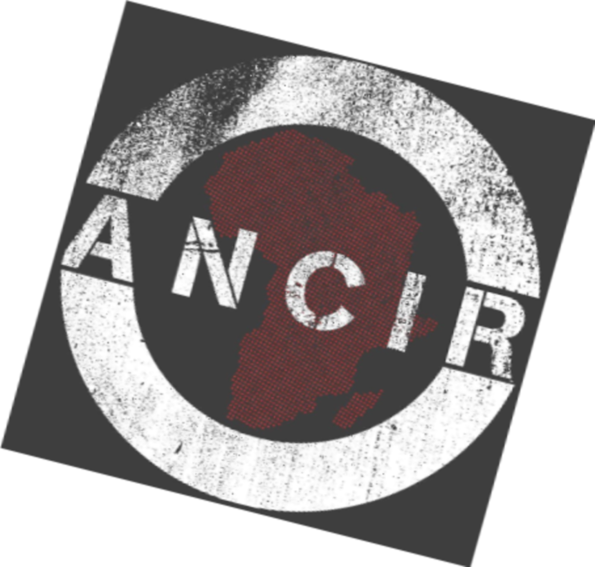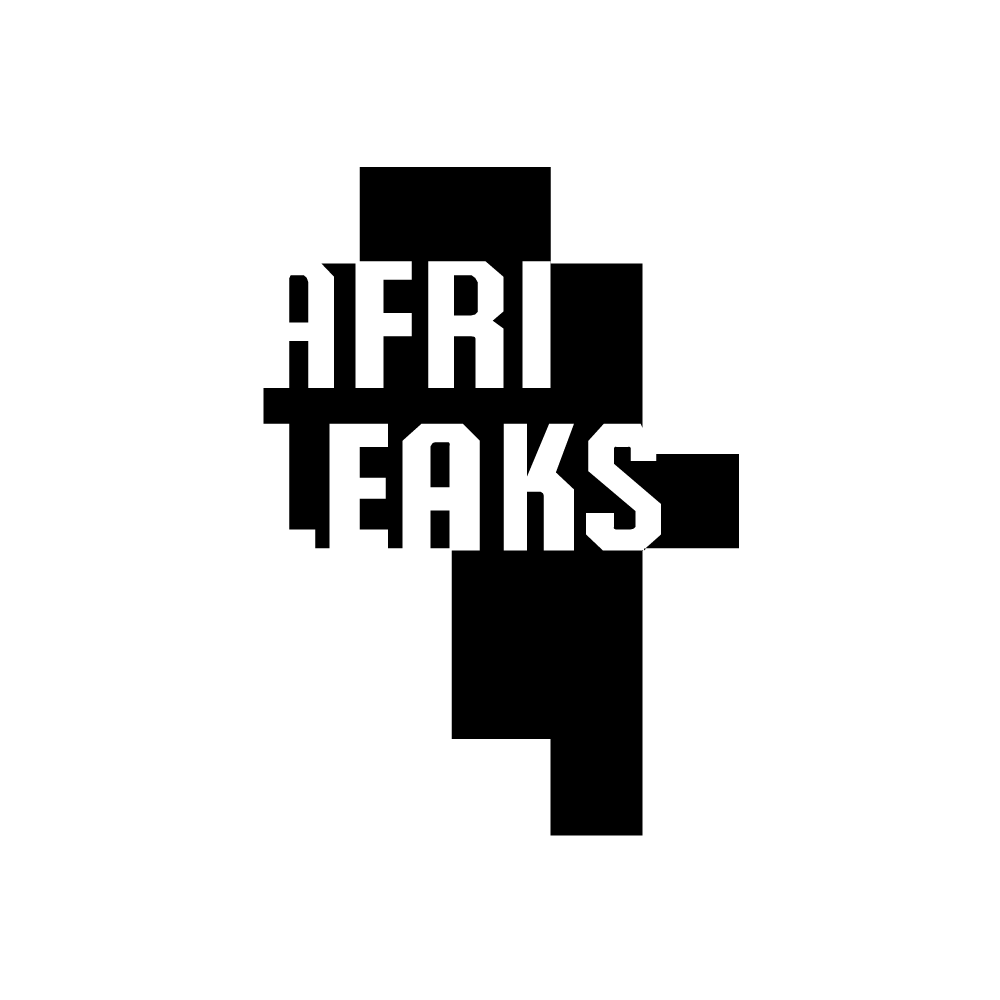About this project
The Cost of Life is a project by the African Network of Centers for Investigative Reporting (ANCIR) that focuses on analysis, investigation and reportage of the medicines landscape, specifically patents and generics, the dialectic of which has often been limited to the positives of generics (cheap medicine that mimics expensive patents) and the evils of patents that are nonetheless critical for innovation of new and better drugs.
Using publicly accessible information, reports, interviews and other sources, we show that an estimated 70 percent or more of patent costs is typically the product of mispricing and tax subsidies rather than research and development (R&D); and that major pharmaceutical companies are invested and incentivized by price-fixing monopolies that are threatened by new and better drugs produced by other companies. In fact, universities, small research centers and publicly funded entities comprise the main source of new priority and innovation drugs that are later commercialized by Big Pharma. That is, whether the ‘superior’ drug is produced as a generic or a patent is irrelevant: All that matters is sustaining an artificial market dependent on one or two blockbuster drugs for as long as possible.
Key findings
1
An analysis of the public disclosures of nine pharmaceutical companies show they ducked paying approximately $140 billion in taxes by holding more than $405 billion of their income offshore. In reality, the funds are already ‘onshore’ in the US via banks.
2
Taxes, not pharmaceutical profits, subsidize the majority of research funding for new drug development: In 2006, for instance, 84 percent of research funding for 48 new drug innovations came from public sources such as the National Institutes of Health (NIH).
3
Publicly funded institutions, universities and small research hubs produce the innovation that Big Pharma commercialises at about 10% of the latter’s claimed R&D costs.
4
Pharmaceutical industry’s R&D costs (estimated at $288bn/yr) are dwarfed by the industry’s spending on marketing and administration (estimated at $740bn/yr). .
Big Pharma’s Taxing Situation
In the 1990s and early 2000s, pharmaceutical companies commanded entire towns in Puerto Rico. Every year, Barceloneta, a coastal community dubbed “Ciudad Viagra,” churned out some 100 million of Pfizer’s little blue pills. In 2000, there were some 77 pharmaceutical companies in Puerto Rico, and by 2004, 19 of the world’s top 25 prescription drugs were manufactured on the island. The U.S. commonwealth’s pharmaceutical industry, however, was built on shifting sands. Puerto Rico had been a tax haven with one major advantage: Multinationals keen to avoid corporate taxes could fully repatriate their profits back to the U.S. mainland.
This was complemented by tax-free income generated by intangible assets, such as pharmaceutical patents. And it even had a patriotic country code: Companies like Pfizer could truthfully say products were made in the U.S.A. Since the Industrial Incentive Act of 1948, which freed firms from paying various local fees, the island has been a backyard tax haven. But it was the IRS section 936 that lured in Big Pharma, effectively giving U.S. corporations a full tax exemption for operating in Puerto Rico. Congress said it hoped the legislation would spur job creation. And by that measure, Section 936 seemed successful, providing an estimated 170,000 manufacturing jobs by the mid-1990s. For an island with a population of about 3.5 million, these relatively high-paying positions were a boon.
Still, the jobs were always precarious, relying on costly tax exemptions. As early as 1982, the U.S. Congress attempted to “lessen the abuse caused by taxpayers claiming tax-free income generated by intangible assets developed outside of Puerto Rico.”
Subsequent laws such as the Tax Equity and Fiscal Responsibility Act (1982), Tax Reform Act (1986), and Revenue Reconciliation Act (1993) sought to reduce the effective tax credit for companies. But with the power of the pharmaceutical lobby, change was slow, and multinationals had ample time and loopholes to circumvent Congress.
By 1994, the U.S. Government Accountability Office said that Section 936 was costing the federal government $3.9 billion a year.
But what Congress ultimately ended up doing—without any political representation from Puerto Rico—sacrificed the island’s workers without getting much in return. Starting in 1996, Section 936 was gradually phased out, fully expiring in 2006. Today, Big Pharma can route their profits through new safe harbors, and their profits remain hardly taxed. Congress didn’t so much as close loopholes as shift them elsewhere.
Puerto Rico still provides incentives to companies like Pfizer, including an exemption from income, property, municipal, and other taxes (where a tax is levied, such as an excise, it is just 1 percent). These tax benefits don’t expire until 2029.
But when repatriation rules changed, so did Pfizer’s corporate structure, transferring both drug production and patent ownership elsewhere. When companies move their money and production facilities, they squirrel away profits and often end up harming the economies of countries they’ve abandoned. Between 1996 and 2014, the number of manufacturing jobs in Puerto Rico fell by about half.





